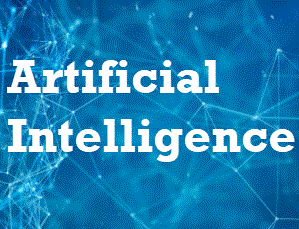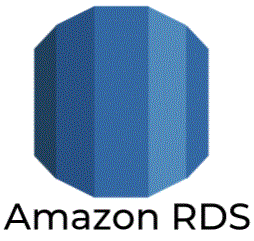46. What do you mean by transparent DBMS?
Transparent DBMS is the one which keeps its Physical Structure hidden from user. A query with respect to DBMS relates to user commands that are used to interact with a data base. The query language can be classified into data definition language and data manipulation language.
47. What do you understand by Data Model?
A data model is an abstract model that organizes elements of data and standardizes how they relate to one another and to the properties of real-world entities. For instance, a data model may specify that the data element representing a car be composed of a number of other elements which, in turn, represent the color and size of the car and define its owner.
48. What is DDL (Data Definition Language)?
Data description language (DDL) is a syntax similar to a computer programming language for defining data structures, especially database schemas. DDL statements create and modify database objects such as tables, indexes, and users. Common DDL statements are CREATE, ALTER, and DROP
49. What is DML (Data Manipulation Language)?
A data manipulation language (DML) is a family of computer languages including commands permitting users to manipulate data in a database. This manipulation involves inserting data into database tables, retrieving existing data, deleting data from existing tables and modifying existing data
50. What is Relational Algebra?
Relational algebra is a procedural query language that works on relational model. The purpose of a query language is to retrieve data from database or perform various operations such as insert, update, delete on the data.
51. What are the integrity rules in DBMS?
Description Referential integrity is a property of data stating that all its references are valid. In the context of relational databases, it requires that if a value of one attribute of a relation references a value of another attribute, then the referenced value must exist
52. Explain the functionality of DML Compiler.
DML compiler translates the DML statements which are there in a query language into the low-level instructions which the query evaluation engine understands easily.
53. What are the main differences between Primary key and Unique Key?
1) Unique key in a table can be null. Atleast one but the primary key cannot be null in any table in a relational database.
2) Primary key can be a combination of more than one unique keys in the same table
3) There can be only one primary key per table in relation database. But there can be more than one unique key per table.











